My goal with Live Simply Natural is that it becomes a resource to help you feel empowered when making food choices, so I’m breaking down everything you need to know with some of the most common whole food ingredients. Today I’m sharing one of my favorites – BEETS!
Produce Guide: Beets
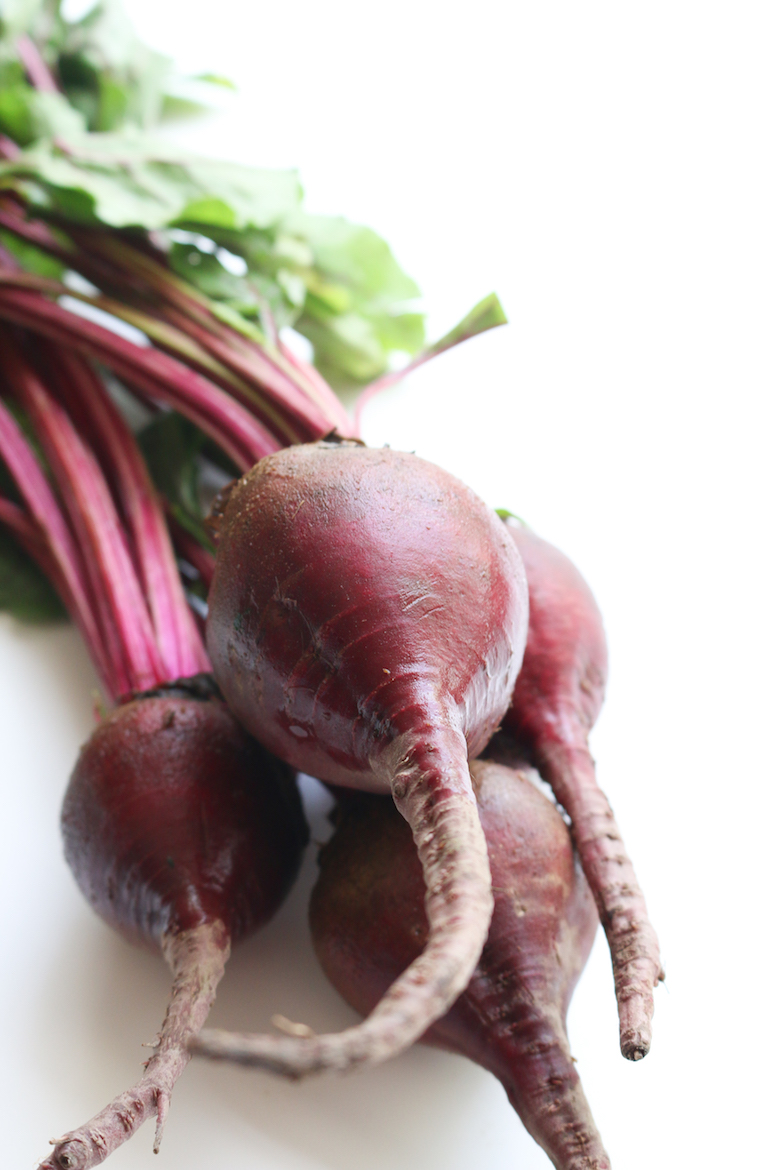
While most root vegetables are traditionally fall crops, many varieties, including beets grow well during the spring or cool-weather seasons. Beets grow best when planted in the early spring for an early summer harvest or in the final months of summer for a fall harvest. You can typically find these at your local market from June through October. This earthy, sweet root vegetable comes in many different varieties from red, pink, orange, and yellow, as well as a range of sizes. Both the root and leaves are edible, making them versatile ingredients in dishes both raw and cooked. We like to keep beets on hand for juices, salads, or roasted in the oven combined with whatever other veggies we have in our fridge at the time. This beautifully hued vegetable is so sweet when cooked, making them just as natural of an entree as for dessert.
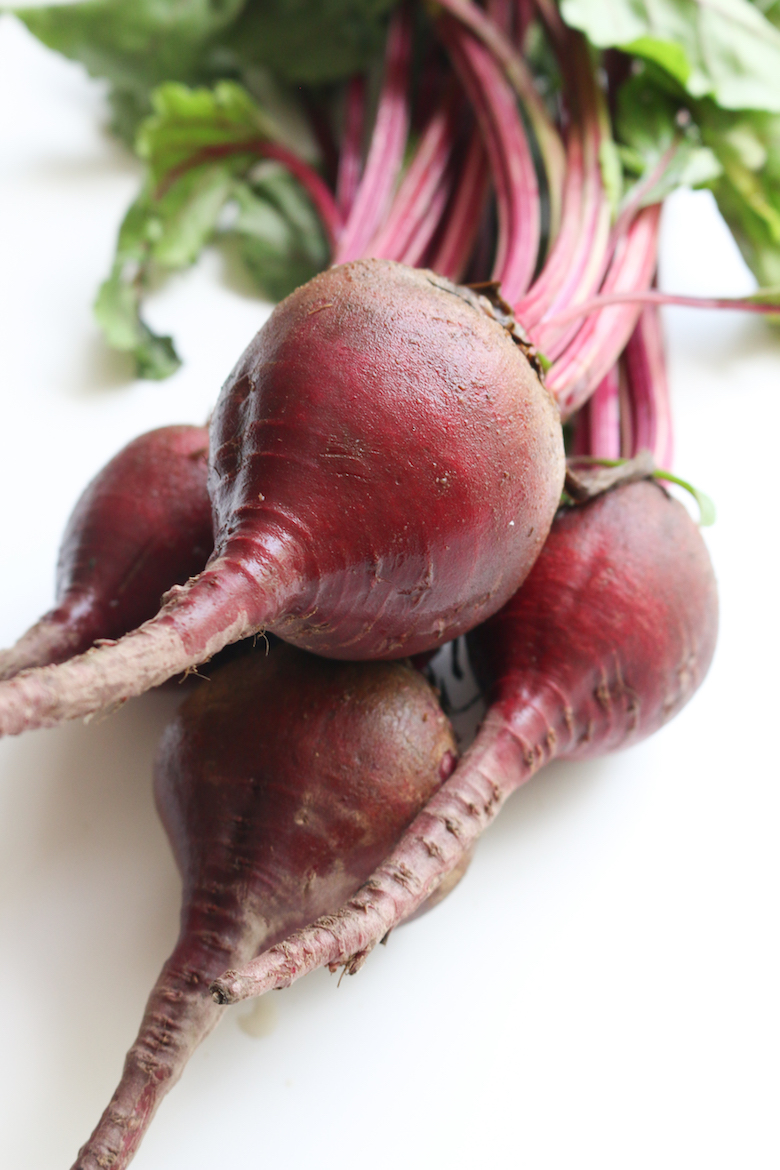
-
HEALTH BENEFITS
Beets contain high amounts of boron, deeming the red luscious root a natural aphrodisiac. Beets are also high in potassium, magnesium, fiber, phosphorus, iron, folic acid, beta-carotene, beta-cyanine, and vitamins A, B and C. Vitamin B is beneficial to the new growth of cells, and ideal for women who are pregnant. The high amounts of iron found in beets help replenish iron lost in pregnant or nursing mothers. Beets are wonderful for cleansing the body. This miracle plant works to purify the blood, helps prevent various forms of cancer, and acts as a tonic for the liver. Beets also boost your mental health by lowering blood pressure and relaxing the mind through the release of tryptophan into the body. Need an energy boost? Look no further. Although beets have high sugar content, the sugar is released into your system gradually, providing long-lasting effects.
NUTRIENT BREAKDOWN OF BEETS
*raw beets, 100g (source)
- Fiber | 2.8 g (11% DV)
- Protein | 1.6 g (3% DV)
- Carbohydrates | 9.6 g (3% DV)
- Vitamin A | 33 IU (1% DV)
- Vitamin C | 4.9 mg (8% DV)
- Manganese | 0.3 mg (16% DV)
- Folate | 109 mcg (27% DV)
- Magnesium | 23 mg (6% DV)
- Potassium | 325 g (9 % DV)
- Calcium | 16 mg (2 % DV)
- Iron | 0.8 mg (4% DV)
-
HOW TO BUY
When shopping for beets, you should always look for the same things: Look for beets that are small- to medium in size. Smaller beets will be tender and tastier than larger ones. The bulb should also be round and firm. Be sure to carefully examine the vegetable for spots or bruising. We like to buy beets with the leaves still attached; the greens are delicious sautéed or in salads, and they’re also a good indicator of how long the beets have been in storage—look for bright green, perky leaves with no browning or wilting. Beets will typically keep for up to 10 days when refrigerated, but they should be thrown away if they turn soft.
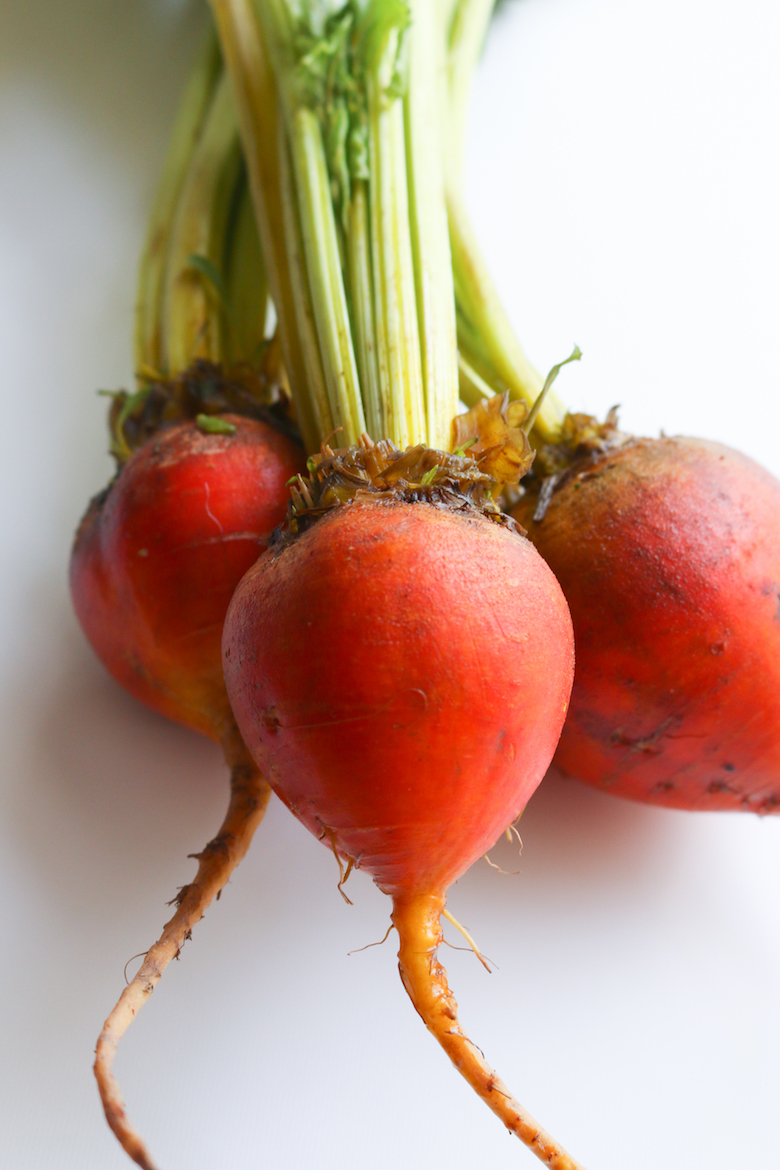
-
HOW TO STORE
When storing your beets be sure to cut the bulbous roots from the stalk before storing; place the leaves and stalks in a perforated plastic bag in the crisper. The beetroots can be stored loose in the crisper. Do not wash either until you are ready to use.
-
HOW TO PREPARE
When preparing beets you may want to wear gloves, as the color will stain your hands. If a recipe calls for cooked beets, we prefer roasting them to concentrate their flavor. Leave the skin on; it prevents the juices from bleeding out, and they slip right off after cooking. To remove grit from leaves, agitate them in a bowl of cold water, remove leaves, and repeat with fresh water if needed. Spin until thoroughly dried, or shake to remove excess water and pat dry.
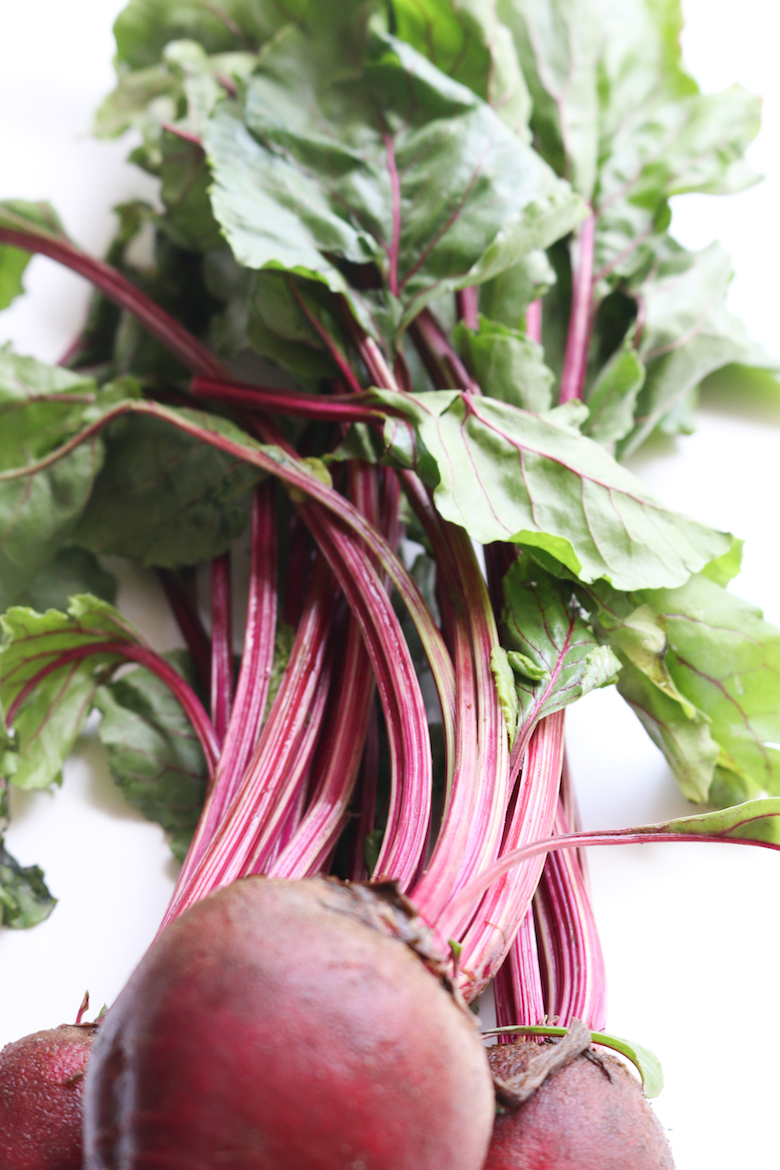
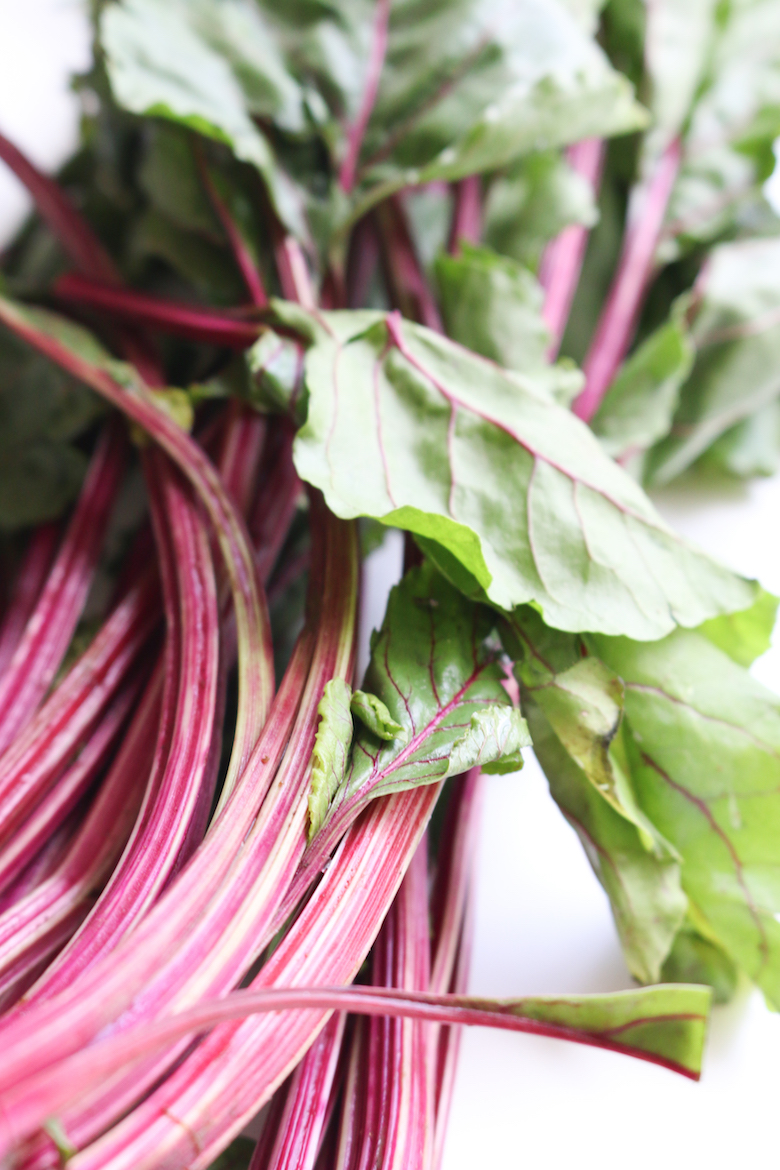
-
BEET RECIPES
Looking for different ways to use beets in your meals? Check out our gavotte recipes here!
WHAT’S YOUR FAV?
What ingredient do you guys want to learn more about? And if you have a favorite way to eat beets, tag @livesimplynatural or #livesimplynatural so the LSN community can get inspired by your dish too :)
Hugs,


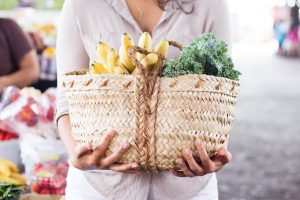
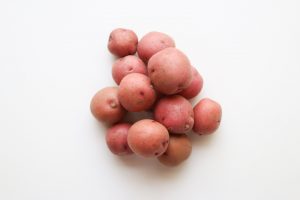
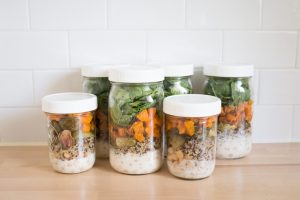
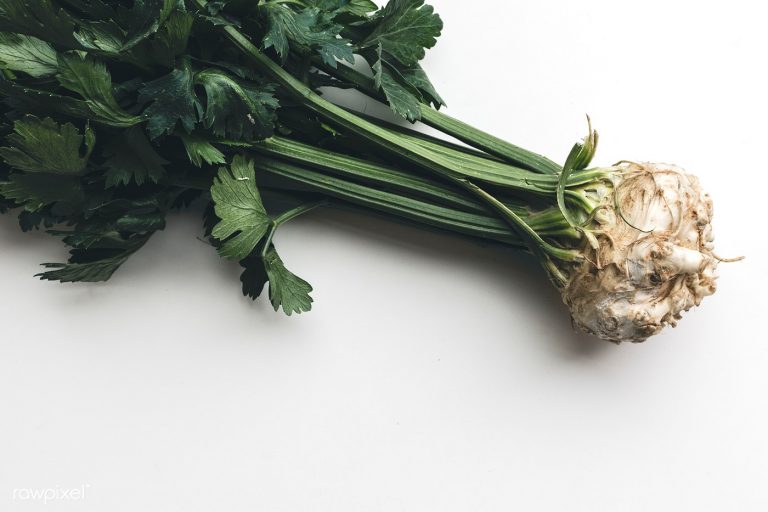

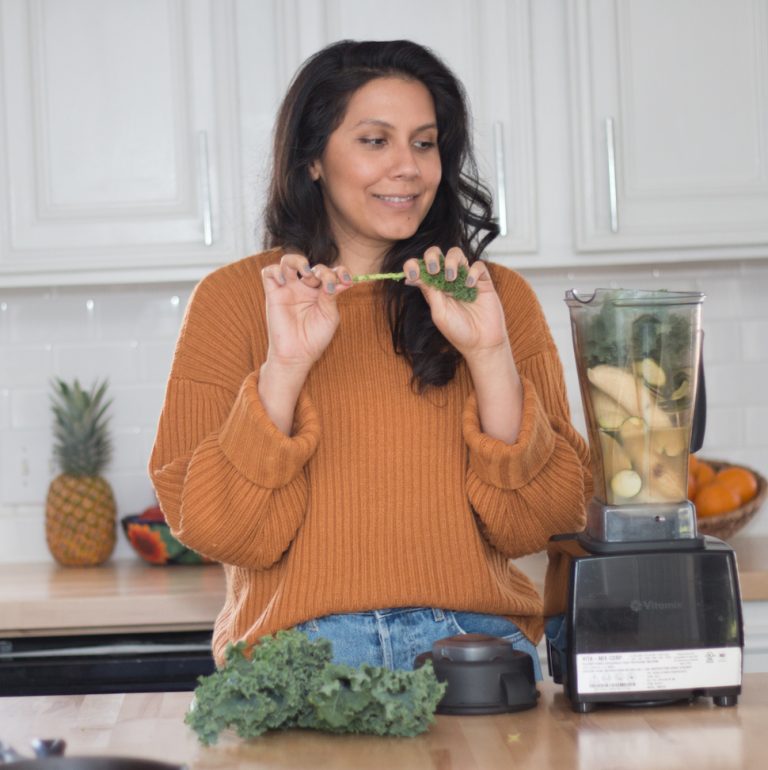
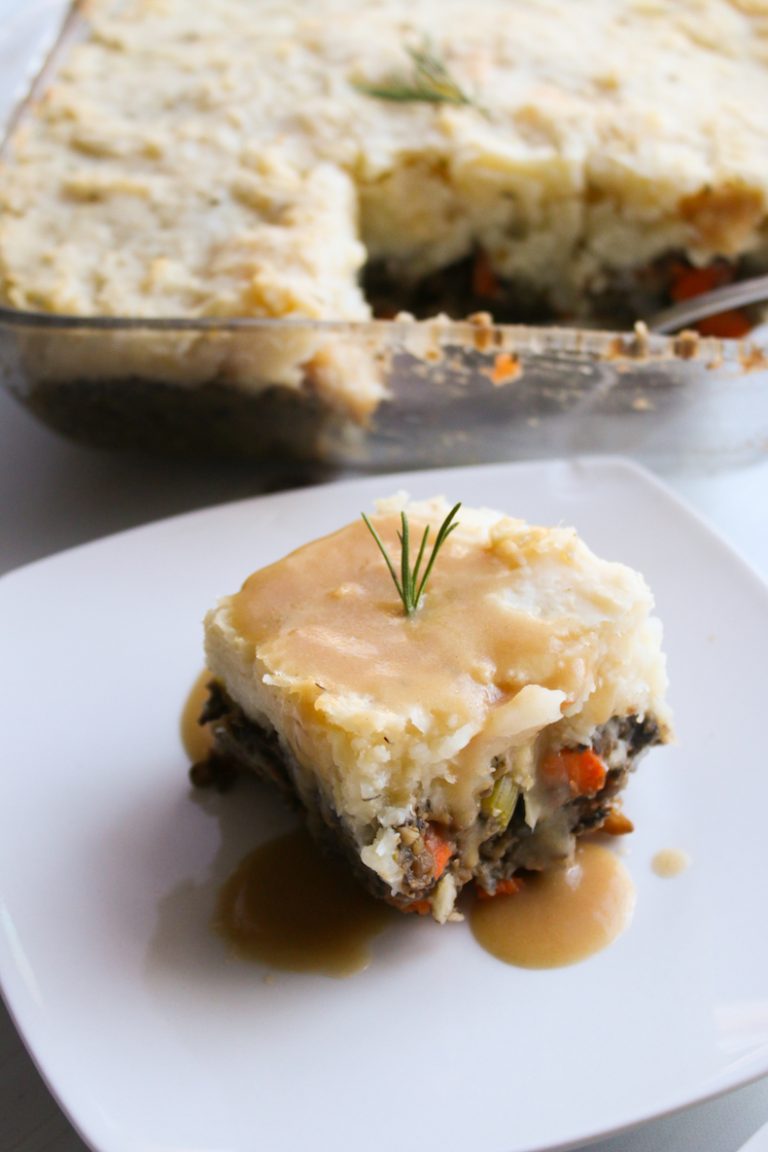
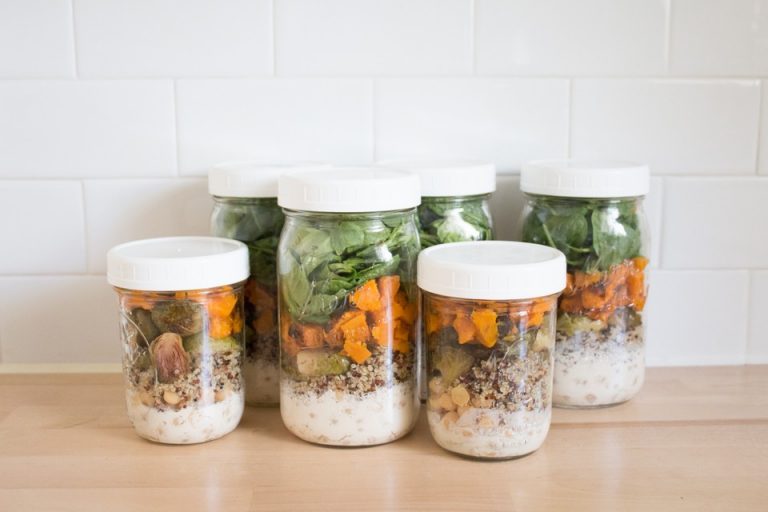


2 Comments